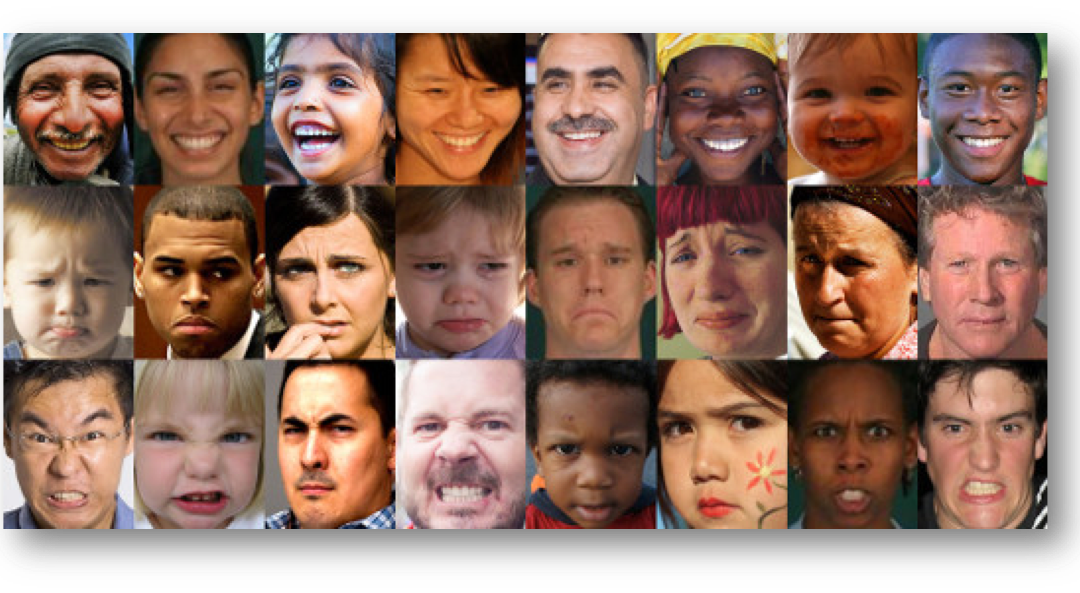The early use of the term ‘emotion’, which referred to both psychological and physical dimensions, reminds us of the inevitable and intimate link between individuals’ inner states and external contexts. While most cross-cultural psychologists still focus on the universal and biological innateness of basic emotions, recent multidisciplinary studies also show the need to consider subtler (as well as basic) emotions as subjective experiences which are socially constructed and culturally shaped. Particular attention has been paid to the ways in which a wide range of emotions are expressed in different languages and cultures. Several linguists, psychologists and anthropologists have demonstrated that emotion talk, concepts, and scripts may differ across cultures and that, as a result, some emotion words may have no translation equivalents. These studies offer new perspectives on the study of individuals’ reactions to cultural difference. In particular, they shed light on the inevitability of conflicts and misunderstandings in intercultural communication, which often stem from ethnocentric and stereotypic points of view, and on the necessity to regulate or rein in negative emotional reactions in intercultural encounters. Hence, it seems vital to pay attention to the ways in which individuals express their emotions (verbally and non-verbally) and to the extent to which their manifestation is shaped by culture. As intercultural counselling professionals, we need to take into careful consideration this aspect and our own possible bias towards the expression of emotions across cultures. We also need to make constant reference not only to our clients’ cultural background, but also to the ways in which their emotions naturally occur in conversational interaction in intercultural encounters, including the interaction taking place between Counsellor and Client, during the Intercultural Counselling sessions.
SUGGESTED READINGS
- Dörnyei, Z. (2005). The psychology of the language learner. Individual differences in second language acquisition. Mahwah, NJ, London: Lawrence Erlbaum Associates.
- Gallucci, S. (2013). “Emotive accounts of self: insight into Second Language Learning and the construction of new linguistic identities of British students in Italy”. In Rivers, D. J. & Houghton, S. A. (eds.). Social identities and multiple selves in foreign language education. London: Continuum.
- Pavlenko, A. (2005). Emotions and multilingualism. Cambridge: Cambridge University Press.
- Wierzbicka, A. (1999a). Emotions across languages and cultures: diversity and universals. Cambridge: Cambridge University Press.



